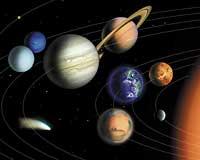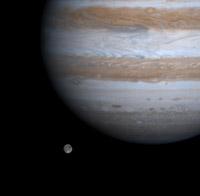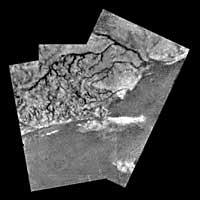Date with Saturn
2004/09/19 Roa Zubia, Guillermo - Elhuyar Zientzia
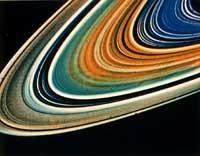
This point is seen at first glance, as if it were a star. But it shines more than most stars, the truth is that only Sirius is brighter than Saturn when we have the planet nearby. That's why the planet has long been known, we don't know who identified Saturn for the first time, but we know that ancient civilizations knew it.
He was called by the Romans in honor of a god. The god Saturn was the father of Jupiter and Jupiter himself, the father of Mars. But Saturn was very jealous, so that his children would not take his place, he would eat them. What a barbarity, to eat your children! Let us not forget that we speak of Roman mythology and that this story has nothing to do with the planet. Or yes?
Saturn is the furthest planet seen at first glance. If we went to Jupiter, that is, if we made that long and boring road, we would still be in the middle of the road to Saturn. Only in the center.
It does not give it when referring to the task list. Mars, Jupiter, Saturn... even one planet seems to be near. But no, the distances soar at every jump on the list.
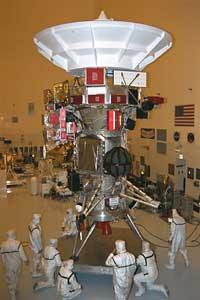
In fact, Saturn is at least 1,195 million kilometers away and yet it is seen. That means it is a very big planet, very big and something else: it reflects it a lot.
The first astronomer to observe Saturn with a telescope was the Italian Galileo Galilei. No wonder he first observed many things from the solar system with a telescope. On the Moon he saw mountains and seas; on the Sun, spots; on Venus, periods like those of the Moon; on the surroundings of Jupiter, moons; and, moreover, he saw new stars and saw the other brightest.
And Saturn? Observing Saturn in 1610, he saw three 'balls' instead of one. The central sphere, the main "piece" of the planet, was the largest, with two small balls attached to the sides.
Galileo was surprised. I was discovering unknown things in space, but that was incomprehensible. However, the surprise did not end there. Every time he observed Saturn he was explained the modified planet, the lateral balls were smaller and smaller. Finally, in 1612 they disappeared and Saturn became the only sphere, like any other planet. Amazing.
It was not possible. The planet, like the Roman gods, ate its children. What the hell was happening?
Galileo stopped observing Saturn. Without that crazy planet I had serious problems. But other astronomers eagerly directed the telescopes to the planet eating planks. Over time better telescopes were made. Thank you. Galileo's was the first telescope, and that's why it was important, but it was a very bad tool. Same or worse than some current cheap binoculars.
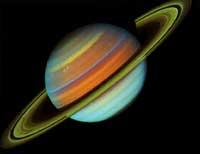
With better telescopes, many saw ear-shaped things on Saturn's sides. But no one was able to figure out what the ears were. The explanation was found by Dutchman Christian Huygens. But for this he had to overcome the process that Galileo saw. When he first observed Saturn it was the only sphere, he had nothing on the sides.
In 1655 he found a moon. It was the first satellite Galileo found after finding those of Jupiter. However, this did not answer Saturn's ear question.
The answer was over time, as eventually they reappeared. Since Huygens had much better telescope than Galileo, he clearly saw that these supposed balls or ears were a ring around Saturn. This ring appeared and disappeared according to the inclination of the planet.
World Cup: Around Saturn there was a ring that did not touch the planet. Huygens was very happy. It was the year 1659.
However, the Italian Giovanni Domenico Cassini further defined the ring's appearance. He used a long telescope of forty-six meters, which at that time stretched the telescopes to increase their accuracy.
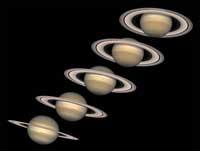
Cassini saw four other satellites around Saturn. And in 1675 he realized that around Saturn there were two rings, not a ring, but a large gap between the two. Since then, this great void is known as the rupture of Cassini.
This is enough to understand the name of the mission that has come to Saturn. NASA and ESA have sent a mission called Huygens-Cassini to investigate the beautiful planet, ring and satellites. They could also add the name of Galileo, but it would be excessive. In addition, the probe that investigated Jupiter and its satellites was called Galileo. So too many spacecraft in honor of a single astronomer, right?
Published in 7K.

Gai honi buruzko eduki gehiago
Elhuyarrek garatutako teknologia




